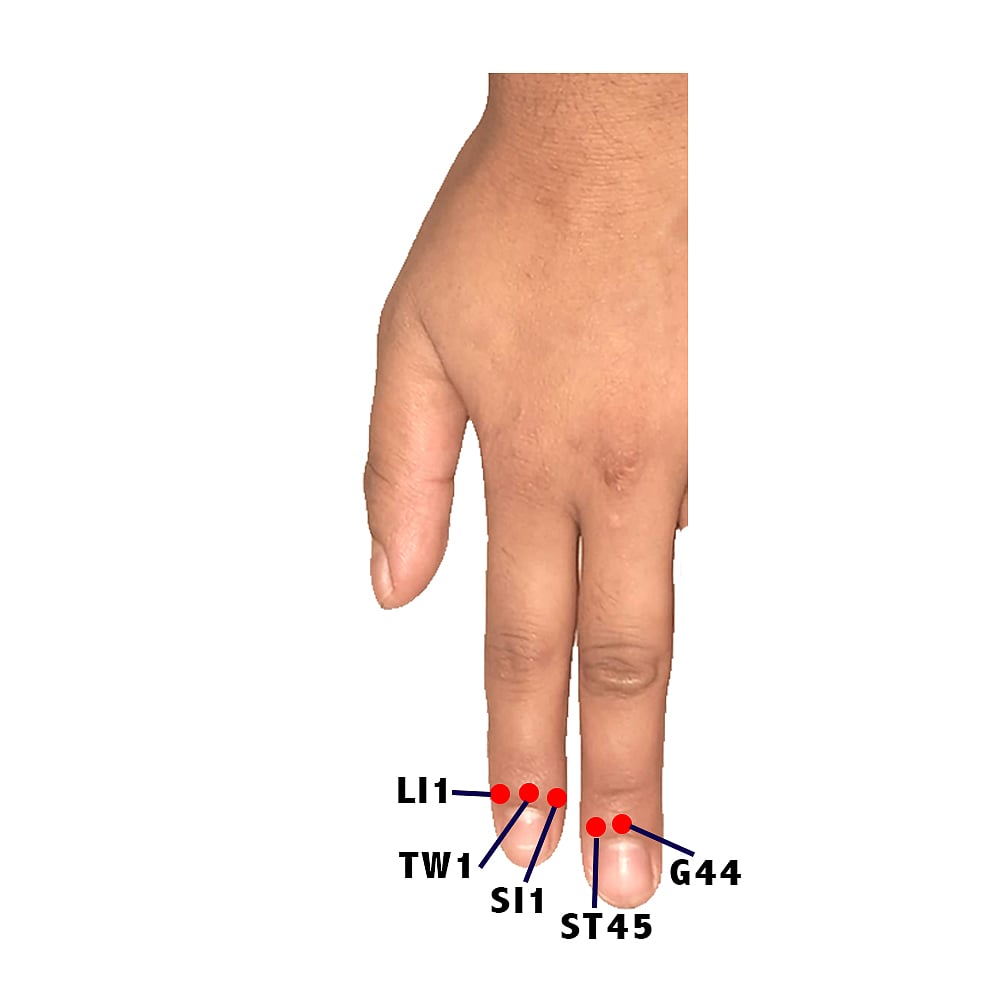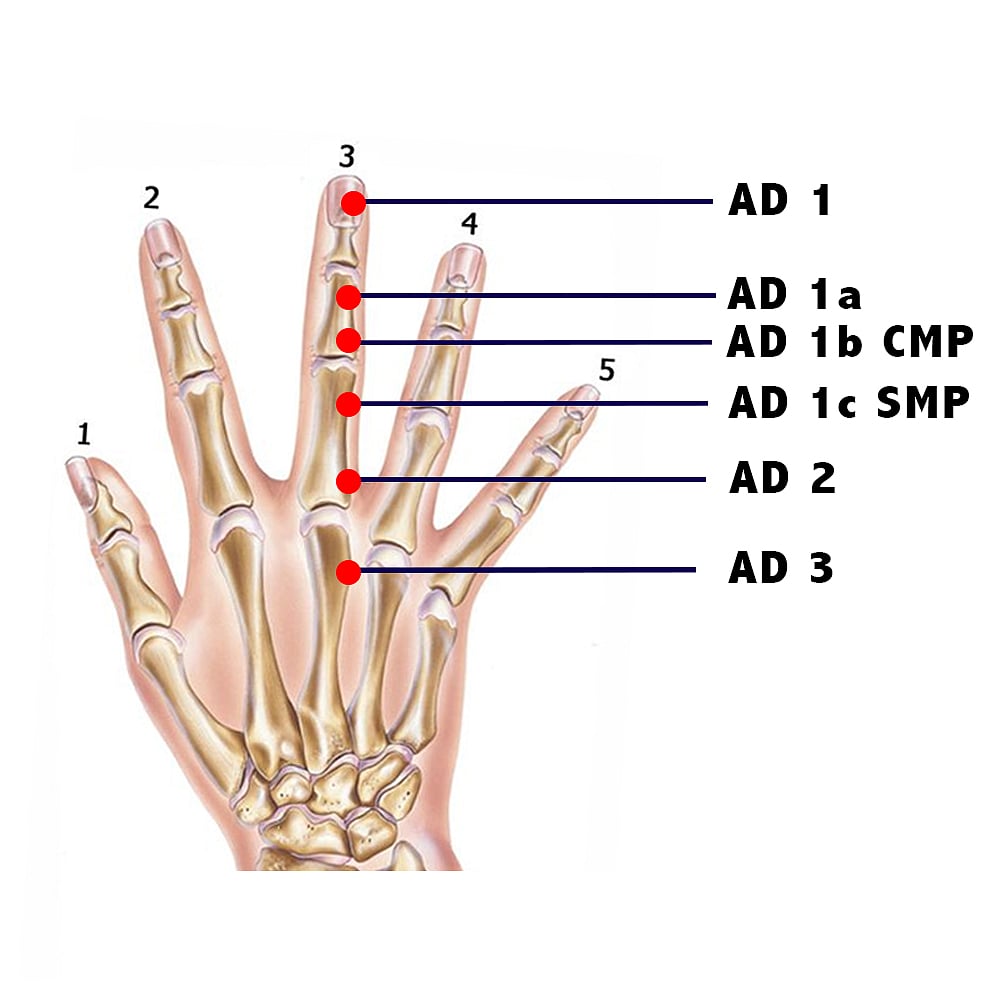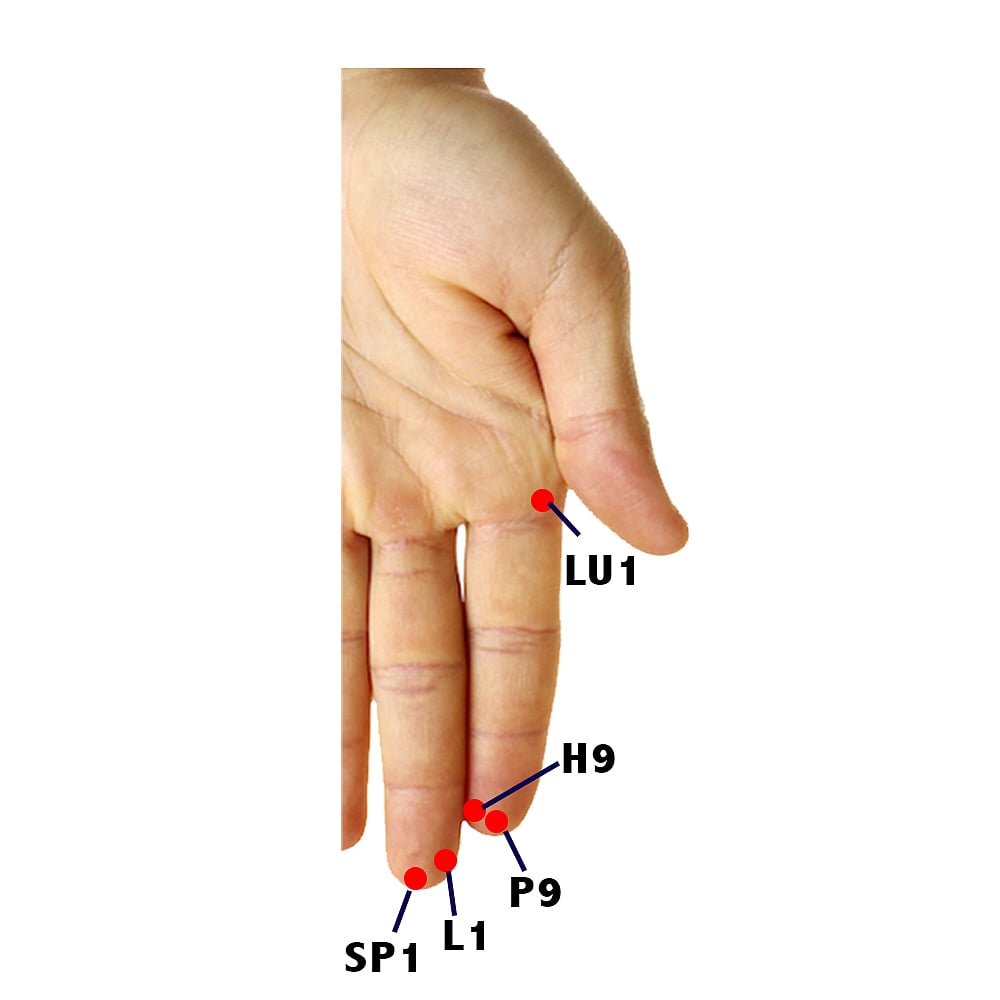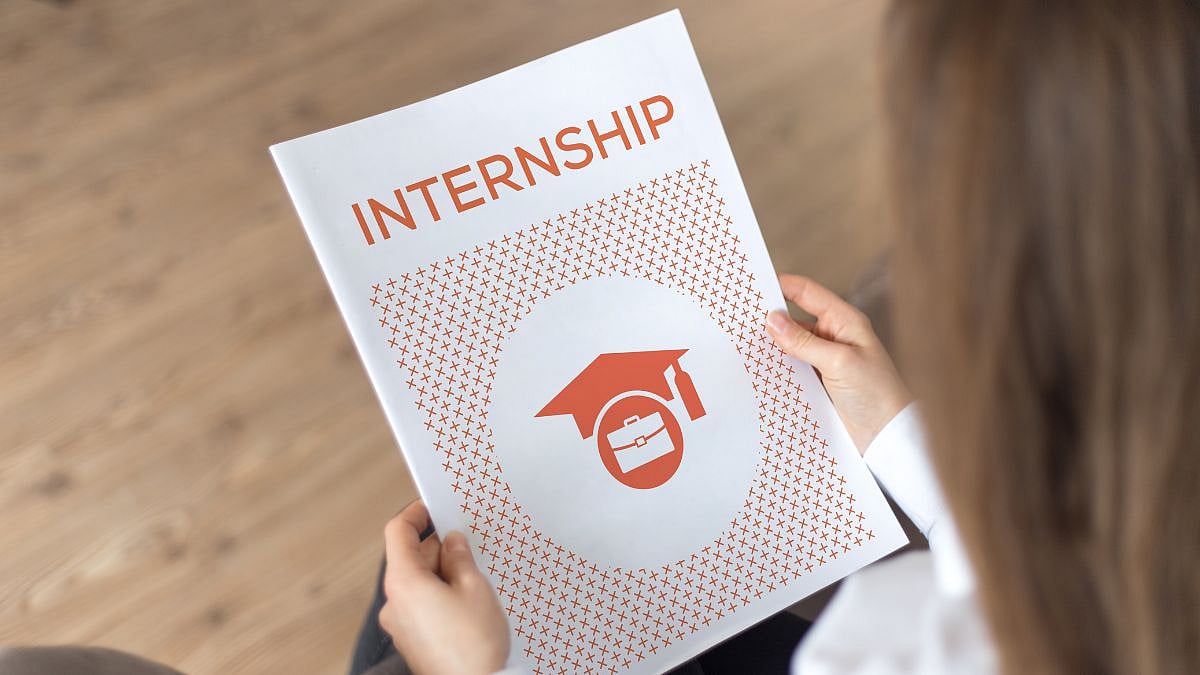Ever since the COVID-19 pandemic engulfed the world with uncertainty, there has been a marked increase in speculative fear of the known and the unknown. For example, earlier, mild cough, cold or even a temperature hovering around a hundred were treated as benign occurrences, hardly meriting any special care or attention other than a healthy dose of home remedies, or self-prescribed medication.
Now, it is a source of serious worry if not panic, for it could be the start of an ordeal that not only puts the affected person in harm’s way, but also those in contact with that person. Being cautious is prudent, but over-reacting is equally as harmful, for it may lead to different kind of complications. Many of the symptoms associated with COVID-19 could be common allergic reactions, and we are at a time of the year when the weather is known to amplify the chances of getting an allergy attack.
Allergies happen when one’s body detects foreign substance, such as a pollen grain or pet dander, and activates an immune system response to fight it off. While most people remember getting allergy symptoms at an early age, many outgrow their allergies by their 20s and 30s, as they become tolerant to their allergens, especially food allergens such as milk, eggs, and grains. But it is possible to develop an allergy at any point in your life. You may even become allergic to something that you had no allergy to before.
It is not clear why some allergies develop in adulthood; however, researchers believe that a severe allergic reaction during childhood can increase your likelihood of developing allergies as an adult when one is re-exposed to that allergen at higher levels. In some cases, these links are easy to see and represent what is known as the Atopic March. Children who have food allergies or skin conditions like eczema may develop symptoms of seasonal allergies, like sneezing, itching, and sore throats, as they get older.
Possible adult allergy triggers can include:
Exposure when your immune system function is reduced – Previous article on immunity has covered reasons like this happens when one is pregnant or suffering from depression or is undergoing severe stress.
Had little exposure to an allergen as a child – One may not have been exposed to allergens high enough to trigger a reaction until adulthood. To boost immunity, many people have begun taking varied and extremely high doses of natural and synthetic substances like vitamins without realising their ability to act as an allergen. For example, pineapple is a very potent source of Vitamin C, but is also known to cause severe allergies in many.
Relocating to a new home or workplace with new allergens – In the current context, this new workplace means your own house since most people are working from home due to pandemic. With little or no domestic help for many, home hygiene may have experienced a decline, especially when all occupants (including pets, plants, and trees at home) have been present in closed quarters 24x7 for several days if not months.
Having a pet for the first time – To fight loneliness, many people have been known to pursue this solution. Research suggests this can also happen after a long period of having no pets.
In general, the number of people with allergies is increasing every year. The reasons for this are not fully understood, but there is a theory that is doing rounds, that our lifestyle has reduced the number of germs our immune system has to deal with, and it is thought that this may cause the body to overreact when it comes into contact with harmless substances.
Returning to specifics, the seasonal change; namely experiencing rain accompanied by a high temperature variance and rise in pollution levels thanks to easing of lockdown, which is making people more prone to allergies, common cold, influenza and other illnesses. There is an increased need to understand and identify these to avoid unnecessary panic and seek timely medical intervention.
But how do we differentiate seasonal allergies from COVID-19, common cold and flu? Respiratory allergies generally have chronic symptoms that include bouts of sneezing, wheezing which tend to last for several weeks while the main symptoms of the novel coronavirus are a cocktail of fever, tiredness, cough, and shortness of breath – and these are not usually observed in cases of seasonal allergies.
If one has never had an allergy before, here is a list of possible common culprits that may have caused one now:
Grass and tree pollen – An allergy to these is known as hay fever (allergic rhinitis). Attributable to tree pruning before monsoons, cutting of fallen trees, starting kitchen gardens.
Dust mites – Attributable to a lack of daily hygiene.
Animal dander, tiny flakes of skin or hair – Attributable to pets.
Food – Particularly nuts, fruit, shellfish, eggs and cows’ milk.
Medicines – Including ibuprofen, aspirin and certain antibiotics.
Latex – Gloves and PPE suits.
Fungus mold – These can release small particles into the air that you can breathe in.
Household chemicals – Including those in pesticides, detergents and hair dyes.
Most allergens are generally harmless to people who are not allergic to them, and while allergies in general can be self-managed, severe cases may need medical attention for they could be life threatening. Once identified, the most effective way of managing an allergy is to avoid the allergen that causes the reaction whenever possible. There are also several medicines available to help control symptoms of allergic reactions, including:
Antihistamines
Decongestants
Lotions and creams
Steroid medicines
But extended use may render them ineffective against severe attacks. Therefore, to ensure that the efficacy of medication when really needed is not diluted, one must tackle allergies using holistic method i.e. Ayurvedic acupressure.
A D Meridian:
Dr. Voll of Germany discovered Allergy Meridian on the bone structure of hands. Each meridian has an association with different allergies. Focus on the meridian and then treat it with simple acupressure and Su-Jok techniques. Here are the meridians which play a key role in treating allergies…
AD 1: It treats allergies of the lower part of bodies, skin of lower extremities – abdominal organs, minor pelvis, and lower portion of the back, gastropathy, intestinal tract, urinary tract and genital organs.
AD 2: It treats upper portion of body and organs, e.g. chest, throat, skin of chest, back, neck, respiratory organs and asthma, allergic myocarditis, upper body, neck and nape, arms and hands. Inhaled air allergies which are caused by animal hair and feathers, plant hair and pollens, mold particularly in moist habitations, turpentine, insecticides, wood impregnation media (xylamon) etc can also be treated with the help of AD 2.
AD 3: It treats allergies of skin of head, organs of head, nasal cavity, Para nasal sinuses, face and the skull, hair, dental problems, Hay fever, Rhinitis, Migraine, eyes and oral cavities.
AD 1 b ↓: It treats allergy on any body part.
AD 1 ↓: It treats Allergic Colitis i.e. large intestine infection, treats Allergic Gastrophy – gas, indigestion, etc., allergies of urinary tract. It also treats skin problems which occur in lower part of body.
AD 1 c ↓: It can treat Arterial sclerosis, which generally happens in old age and causes Cerebral Ischemia (Hypertension, high blood pressure & affects cognitive health)
Pressure points for food allergies:
Fatty Food: Liv-1↓, GB-44 ↑ or Brown color, Spicy or Oily Food: St-45 ↓ , Sp-1 ↑ Clay, Lime or color: Liv-1, P-9, Sp-1 , GB-44, Tw-1, St-45 ↓ Milk or Milk products: Sp-1, P-9 ↑ , St-45, Tw-1 ↓ Chilli & Bitter Food: H-9, P-9 , Si-1, Tw-1 ↓ Astringent Food: Lu-11, P-9 ↑, Li-1, Tw-1 ↓



↑ - Paste white germinating point of Mung seed or a Byol magnet with yellow side facing to skin.
↓ - Paste methi seeds or Byol magnet but here the white side of the magnet should be kept facing the skin.
For more information on treatments and remedies for all kinds of allergies, kindly visit www.artofselfhealing.in










